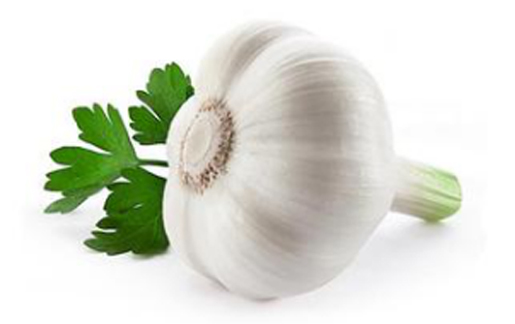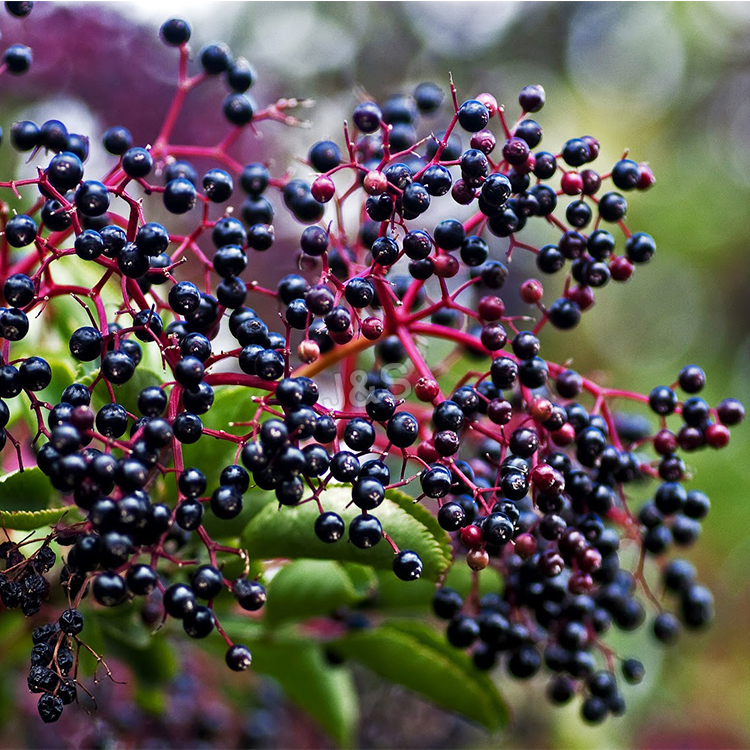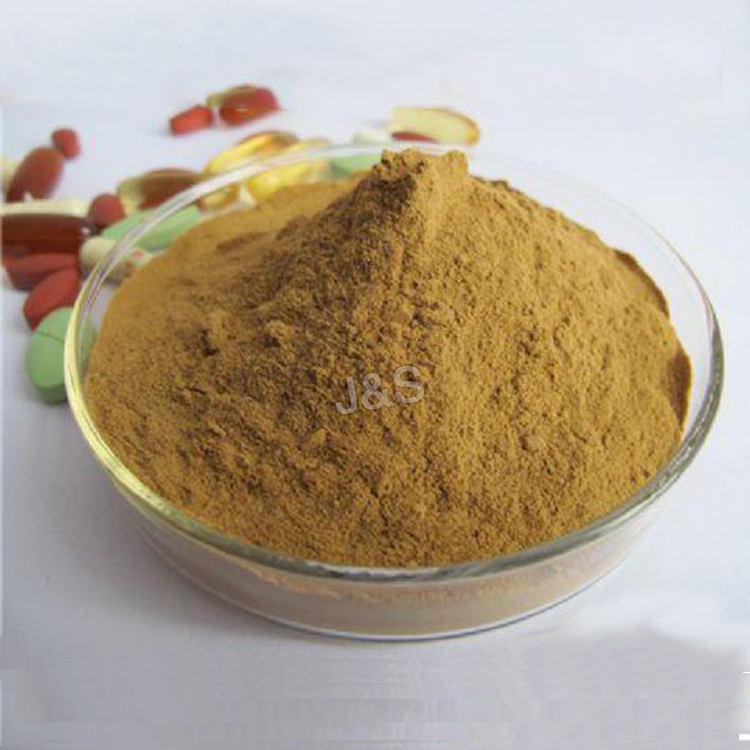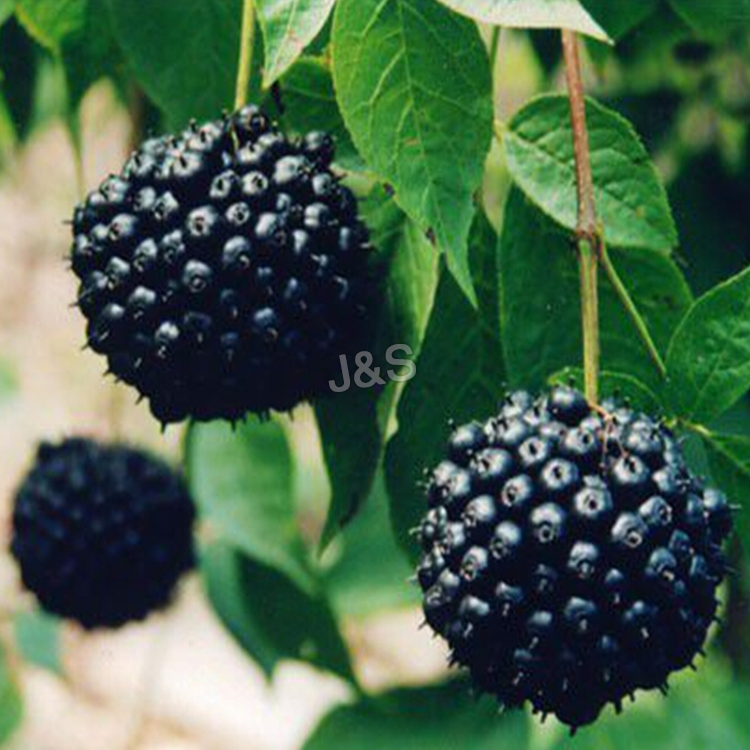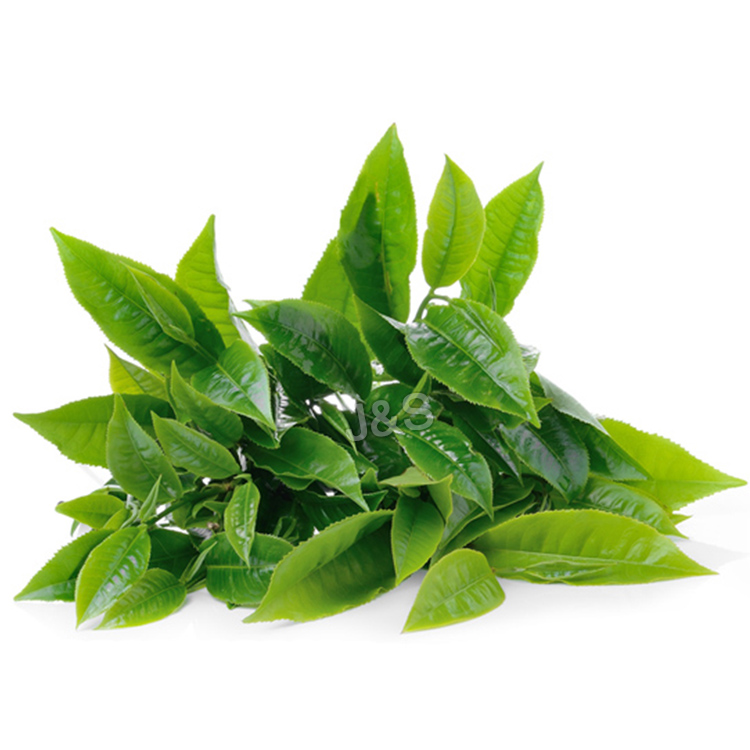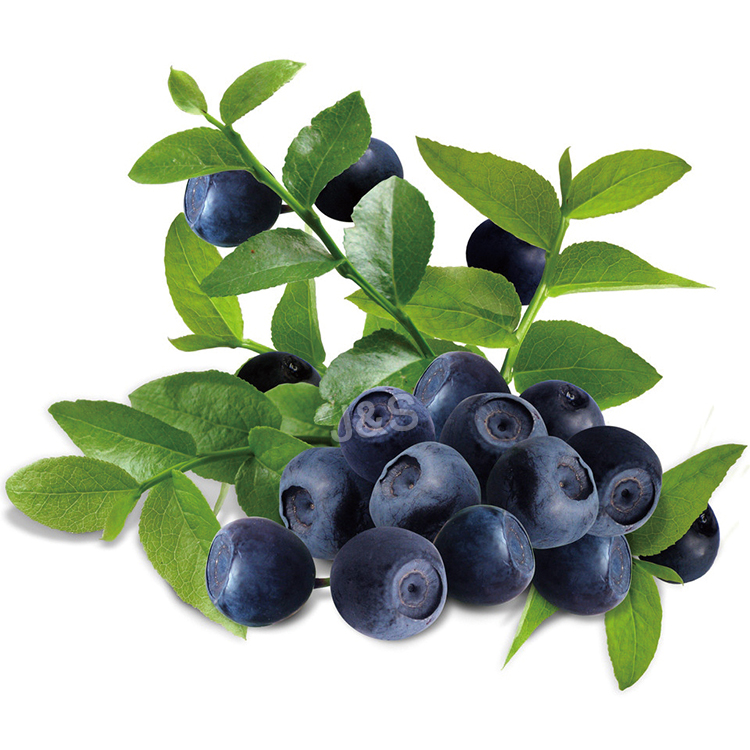Europe style for Garlic Extract Powder Factory from Swaziland
Europe style for Garlic Extract Powder Factory from Swaziland Detail:
[Latin Name] Allium sativum L.
[Plant Source] from China
[Appearance] Off-white to light yellow Powder
Plant Part Used:Fruit
[Particle size] 80 Mesh
[Loss on drying] ≤5.0%
[Heavy Metal] ≤10PPM
[Storage] Store in cool & dry area, keep away from the direct light and heat.
[Shelf life] 24 Months
[Package] Packed in paper-drums and two plastic-bags inside.
[Net weight] 25kgs/drum
Introduction:
In ancient times, garlic was used as a remedy for intestinal disorders, flatulence, worms, respiratory infections, skin diseases, wounds, symptoms of aging, and many other ailments. To date, more than 3000 publications from all over the world have gradually confirmed the traditionally recognized health benefits of garlic.
Although aged Garlic has so many benefits to human body, but it has a unpleasant odor. most of people do not like this taste ,so we use modern biological technology, to enrichment the elite containing in the Garlic and get rid of the odor of the product ,we call it aged garlic extract
Function:
(1) Has a strong and extensive antibiotic ability. It can kill all kinds of bacteria totally sucn as gram-positive bacteria, gram-negative bacteria and fungi; can restrain and kill some pathogenic microorganisms such as many staphylococcocci, pasteurella, typhoid bacillus, shigella dysenteriae and pseudomonas aeruginosa. So, it can prevent and cure many kinds of contagion, especially coccidiosis in chicken.
(2) Because of its strong garlic odour, allicin can increase feed intake of the birds and fish.
(3) Flavors the meals with a uniform garlic smell and mask unpleasant odors of various feed components.
(4) Strengthen immune system, and promote healthy growth in poultry and fish.
(5) Allicin’s garlic odour is effective in repelling flies, mites and other insects from the feed.
(6) Allicin has a potent sterilization effect on Aspergillus flavus, Aspergillus Niger, Aspergillus fumigatus, etc. and is therefore able to prevent the onset of feed mildew and prolong feed life.
(7) Allicin is safe with no residual drugs
Product detail pictures:
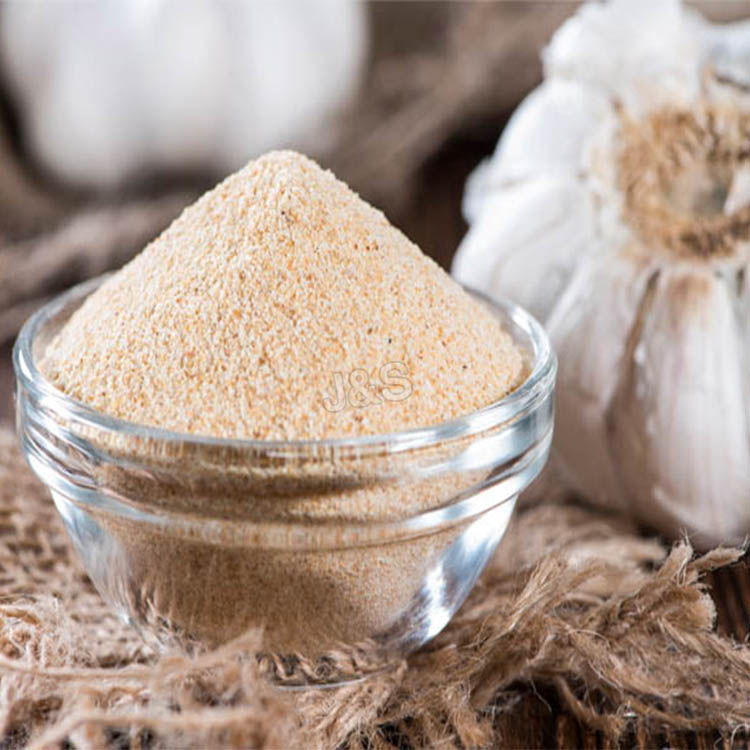
Related Product Guide:
Our company promises all users of the first-class products and the most satisfying post-sale service. We warmly welcome our regular and new customers to join us for Europe style for Garlic Extract Powder Factory from Swaziland , The product will supply to all over the world, such as: Holland, Madrid, Kenya, All of our products comply with international quality standards and are greatly appreciated in a variety of markets around the world. If you are interested in any of our products or would like to discuss a custom order, please feel free to contact us. We are looking forward to forming successful business relationships with new clients in the near future.
Check out the new Soulvapes Reviews Vaping Lounge ( Facebook Group ) for exclusive content and competitions https://fb.com/groups/soulvapesreviews/?fth=1
Vampire Vape Raspberry Sorbet Review from https://www.vapeclub.co.uk/
Vampire Vape are based in Manchester and manufacture all of their e-liquid right here in the UK, ensuring only the highest quality ingredients go into their products.
If you’ve got a sweet tooth you will love these e-liquids. Specialising in classic sweet shop offerings you’ll remember from your childhood, and delicious fruity flavours – and getting them spot on. Renowned for packing serious amounts of flavour, these juices produce big clouds of vapour and have a great throat hit
Vampire Vape Raspberry Sorbet E-Liquid available here: https://www.vapeclub.co.uk/vampire-vape-e-liquid/raspberry-sorbet-e-liquid-10ml-vampire-vape.html
AAEC Forum: https://allaboute-cigarettes.proboards.com/
Soulvapes Reviews Blog: https://soulvapesreviews.blogspot.co.uk/
Imperial Sugar Company (ISC) may have cracked the code in creating an all-natural, reduced-sugar sweetener that has a taste profile indistinguishable from sugar. But the proof will be in the pudding –or, to be more precise, in 1,500 commercially produced cookies. ur product doesn’t have the bitter note you find in pure stevia,” says Darrell Gerdes, manager of research and new product development for ISC. “Instead, it gives a clean sugar flavor. In taste panels, when people compared the taste of Steviacane to pure sugar and plain stevia powder, the taste profile for Steviacane scored exactly the same as sugar.”
This enterprise in the industry is strong and competitive, advancing with the times and develop sustainable, we are very pleased to have a opportunity to cooperate!

